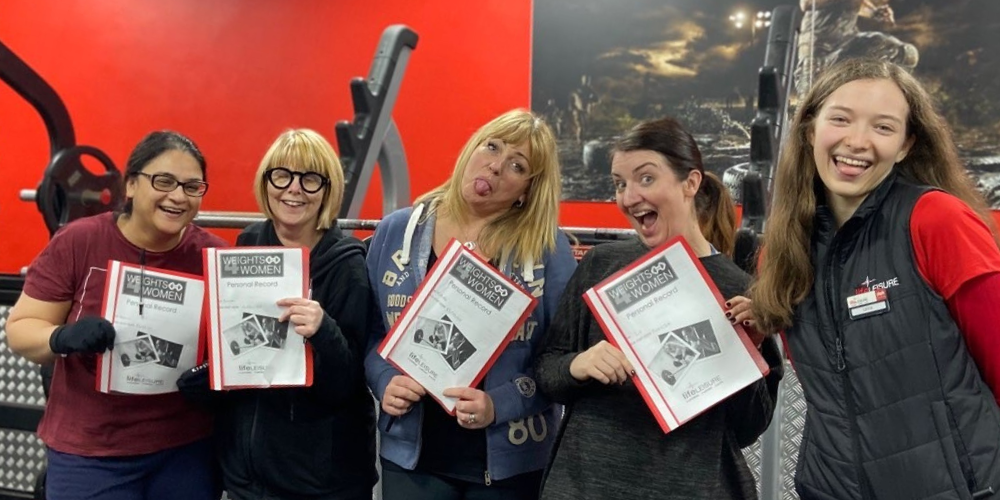People can take different approaches when going to the gym. For example, some people would rather to go alone and figure out what each machine does for themselves, whilst others prefer to go online and research everything before they even set foot into the gym or have guidance from a Personal Trainer from the get-go.
Have you ever stopped to think about your workout routine? It’s very easy to fall into poor habits that you pick up over time, even if you have been taught the proper methods before (driving and writing are key examples of this!).
So, here’s some key things to look out for…
01 Skipping your Warm-Up!
A warmup is essential to any good workout. Without properly warming up and raising your pulse, it makes you more likely to feel light headed and dizzy, meaning you’ll have to finish your workout sooner. A light jog on the treadmill, a few minutes on a bike or a cross trainer, or even a quick circuit involving a variety of different exercises (ie star jumps, mountain climbers, burpees, etc) are all good for steadily bringing up the heart rate and preparing your body for exercise. As well as bringing the heart rate up, it’s also important to do some dynamic stretching to ensure the joints are ready for the start of exercise. If you don’t warm up the joints properly, you’re more likely to injure yourself, meaning you’ll have to spend more time out of the gym recovering! Finally, if you’re planning to do some resistance or strength-based training, it’s always important to do warm up reps at a lower weight, to ensure the muscles are prepared for the increase in weight, especially if you’re trying to go up in weight.
02 Cutting your Cool Down!
As annoying as it is for some, staying in the gym for an extra few minutes to cool down once you’ve finished your workout is very important. If you don’t bring your heart rate back down to the level it was pre-exercise, you become at risk of blood pooling in your lower limbs. At the end of your workout, spend 5 – 10 minutes on the treadmill, walking at a slow, rhythmical pace to allow your heart to catch up with what you’re doing. Post-exercise stretching is also an important part of cooling down. When we exercise, our muscles are contracting to support the weight they are lifting, so the muscles gradually get tighter and tighter throughout the workout. Static stretching when you are finished helps to lengthen the muscles again, reducing post-exercise stiffness and also helping to improve your flexibility.
03 Half Repetitions!
You’re part way through your workout, and you’re feeling the burn in your arms as you bring the dumbbells up for your final set of side raises. You bring them up with control, but as soon as your arms reach the top of the workout, you let them drop immediately without controlling it. We’ve all been there, we’ve all felt the exhaustion that comes when you’re getting close to the end of a set, but it is so important to maintain the control in your arms and bring the weights down slowly. By letting them drop without having any tension in your arms, you’re only performing half of the movement. The end of an exercise, or the eccentric contraction of the muscle, is just as important as the contraction phase (the beginning), as they help to develop your muscles differently. Next time you feel like you’re going to drop the weight on that last rep, take a pause, breathe in, and control it on the way back down. Your muscles will thank you!
04 Get Hydrated!
On average, adults should drink 2000ml-2500ml of water per day. When we are exercising, we should be drinking a minimum of 500ml of water up to two hours before starting, plus an extra litre of water for every hour spent exercising. That’s ¾ of what we’re mean to have in a day! Without appropriate levels of hydration in the body, exercise can be greatly impaired, as it could cause headaches, which can result in a loss of concentration, which can lead to injury. After we have finished exercising, we are meant to have 1 litre of fluid for every kilogram lost during exercise.
05 Technique.
A e you doing the exercises properly to achieve what you want? With resistance and free weights training, something as small as a change in hand position while picking up the barbell can change which muscles the exercise you are doing will activate more. For example, if you are doing a bench press, having your hands closer to the middle of the bar activates the triceps more than a traditional or wider grip will. Don’t be afraid to ask a fitness instructor in the gym if you believe you are not doing things in a way that will help you achieve your goals in the gym.
Now that you know some more some of the bad habits you may have developed in the gym, and how important it is to change them… It’s time to get back into the gym and give yourself the best possible chance to reach that new personal best!

